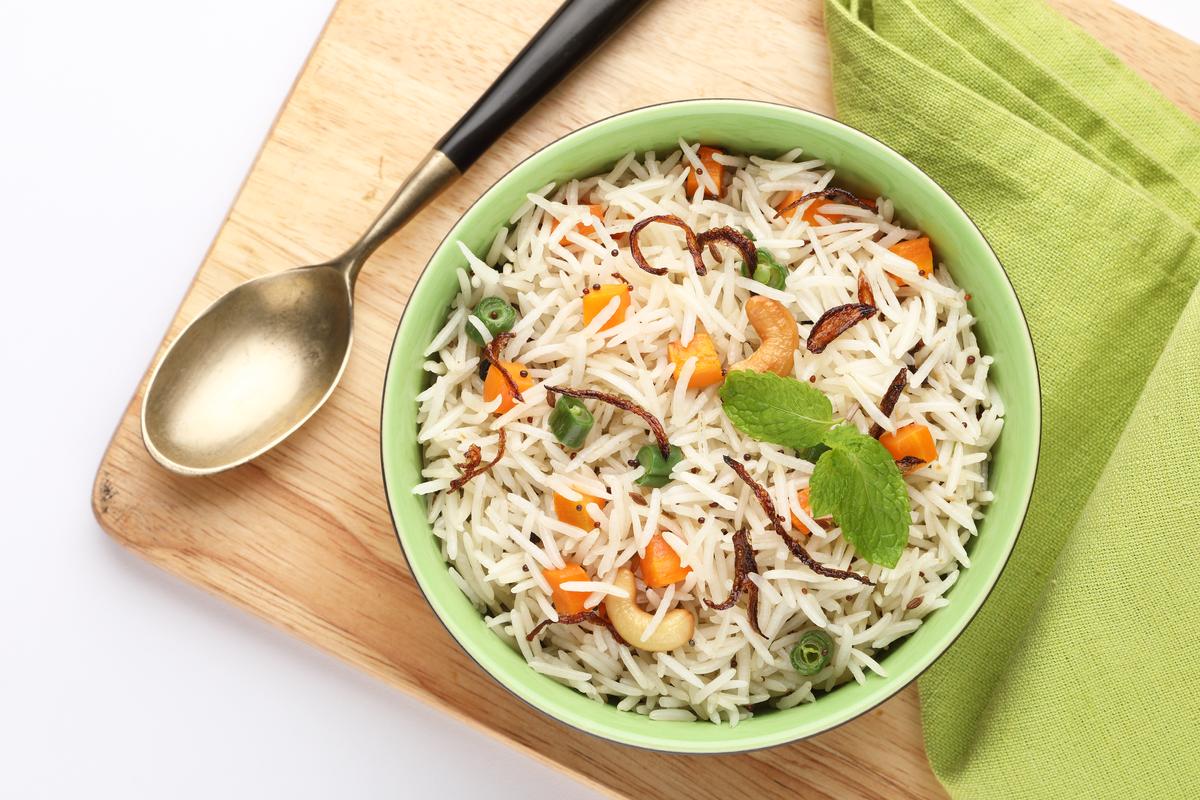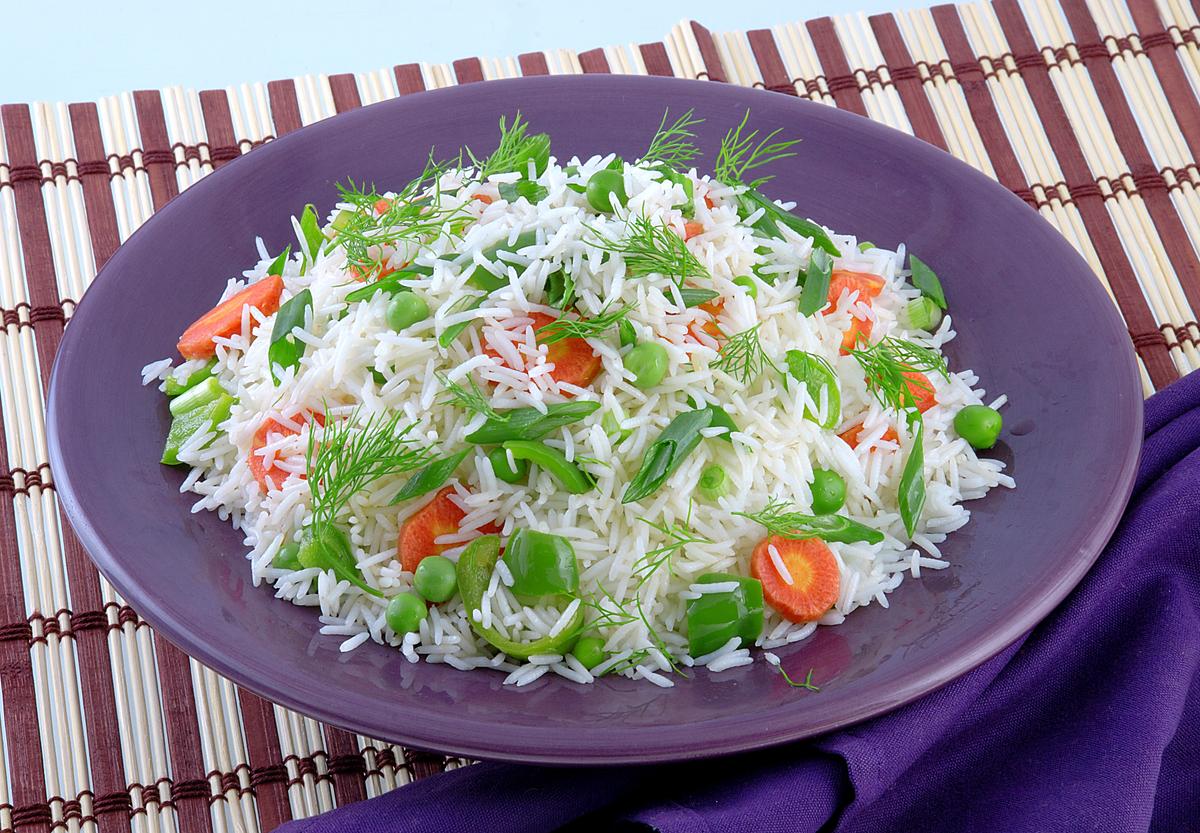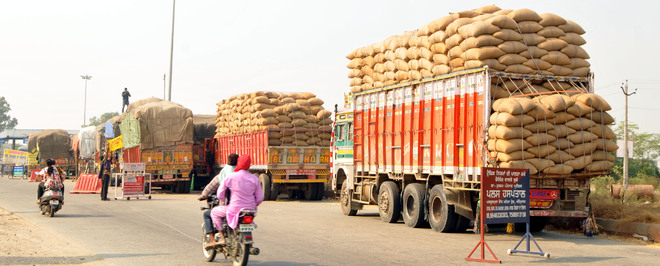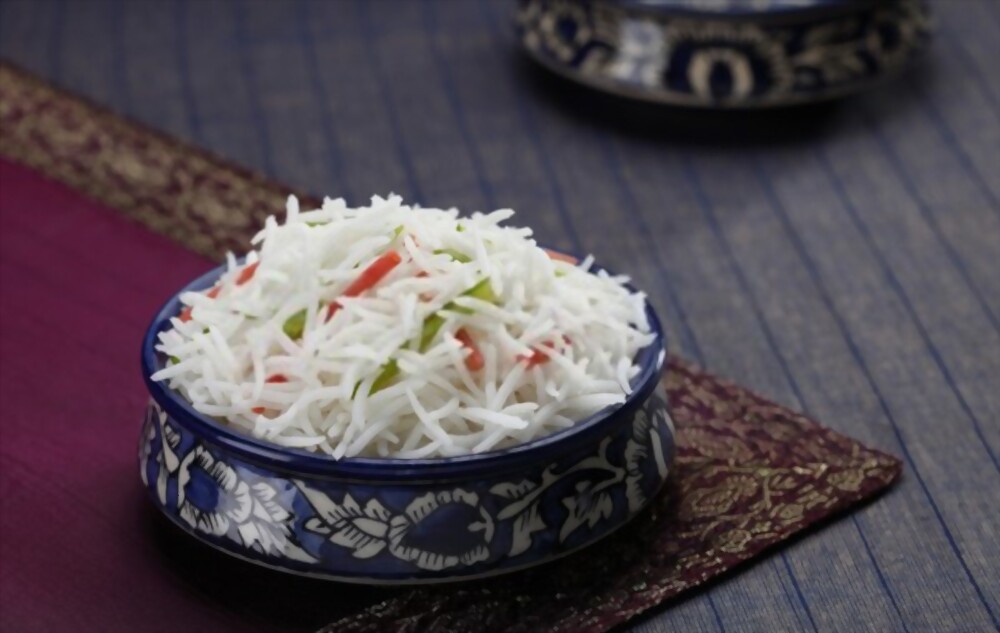Importing rice from India to the USA can be a profitable venture given the high demand for quality rice in the US market. Eastgate Exporter, a reputable rice exporter from India, is an excellent partner for such an endeavor. However, importing rice involves a series of intricate steps, from compliance with regulations to logistics and quality assurance. This comprehensive guide provides a detailed roadmap to help you navigate the process seamlessly.
India is a country rich in culture and agriculture. Each year it cultivates and exports different types of crops to other countries. One of these crops is rice. As rice is a basic crop and is eaten all over the world, its demand never decreases. Every year, the United States imports a huge amount of rice from India. Each year America spends billions of dollars on importing rice from India. This means that importing rice has become a very great business as the demand for rice keeps going up. Different importers purchase rice from India at a very low price and then sell it in their country for a higher price.
How can I import rice from India to the United States?
You can import rice from India to the USA if you have permission from the government and the other associated departments. But it is prohibited to import rice from India for personal reasons (non-commercial)
Why aren’t personal imports of Indian rice permitted into the US?
U.S. officials are leery of importing rice from any nation into the country. This is because rice may transport insects. Rice should not be brought into the United States, especially if it is in loose wrapping such as burlap, according to Customs and Border Patrol.
When it comes to importing rice from India, the government is much more stringent. Bringing rice from India into the United States for non-commercial purposes is almost always forbidden. As a business dealer, you are permitted to import rice into the United States (Only for commercial use).
1. Understanding Regulations
A. US Regulations:
- USDA (United States Department of Agriculture):
- Ensure the rice meets USDA standards.
- The rice must be free from pests and diseases.
- FDA (Food and Drug Administration):
- The rice must comply with FDA’s Food Safety Modernization Act (FSMA).
- It should be free from harmful contaminants, and properly labeled.
- CBP (Customs and Border Protection):
- Understand tariff classifications and duty rates.
- Comply with all import documentation and procedures.
B. Indian Regulations:
- APEDA (Agricultural and Processed Food Products Export Development Authority):
- Exporter must be registered with APEDA.
- Compliance with quality standards set by APEDA.
2. Identifying Suppliers
A. Research and Vetting:
- Identify reliable suppliers in India.
- Verify the supplier’s certification and quality assurance processes.
- Request samples and quality checks.
3. Documentation and Certification
A. Export Documentation (India):
- Commercial Invoice
- Packing List
- Certificate of Origin
- Phytosanitary Certificate
- Bill of Lading
B. Import Documentation (USA):
- Entry Summary (CBP Form 7501)
- Importer Security Filing (ISF)
- Prior Notice to FDA
- Bill of Lading
- Phytosanitary Certificate
4. Shipping and Logistics
A. Choosing a Shipping Method:
- Decide between sea freight and air freight based on cost, quantity, and urgency.
B. Freight Forwarder:
- Engage a reputable freight forwarder to handle logistics and customs clearance.
5. Customs Clearance
A. US Customs:
- Submit all required documentation.
- Pay necessary duties and taxes.
- Ensure compliance with inspection and clearance procedures.
6. Quality Control and Compliance
A. Pre-shipment Inspection:
- Conduct inspections to ensure quality and compliance before shipment.
B. Post-shipment Inspection:
- Inspections upon arrival in the US to ensure the rice meets all standards.
7. Distribution and Marketing
A. Storage and Distribution:
- Arrange for proper storage facilities to maintain rice quality.
- Plan the distribution to retailers or direct consumers.
B. Marketing:
- Develop a marketing strategy highlighting the quality and origin of the rice.
- Utilize various channels like online platforms, supermarkets, and specialty stores.
Resources and Contacts
A. Key Agencies:
- USDA: USDA Official Website
- FDA: FDA Official Website
- CBP: CBP Official Website
B. Additional Support:
- Consult with trade experts or import consultants.
- Join trade associations for networking and additional resources.
Importing rice from Eastgate Exporter in India to the USA involves meticulous planning and adherence to various regulations. By following the steps outlined in this guide, you can navigate the complexities of the import process efficiently. Ensure you maintain clear communication with Eastgate Exporter and relevant authorities to facilitate a smooth import operation. With proper planning and execution, you can successfully bring high-quality Indian rice to the US market, meeting the growing demand for this staple food.
















